Your cart is currently empty!

Insider Threats in Cybersecurity: 3 Best Selling Books, Courses & Practices
Discover the top resources and best practices to tackle Insider Threats in Cybersecurity. Explore bestselling books, courses, and more. This blog post embarks on a comprehensive exploration of strategies to combat “Insider Threats in Cybersecurity.” In the ever-evolving landscape of cybersecurity, the focal point remains steadfast: addressing the intricate challenge of insider threats. As organizations fortify their digital defenses, the spotlight intensifies on mitigating risks that emanate from within.
We will delve into real-life case studies, recommend insightful books and courses, explore industry trends, and unveil cutting-edge technologies. Join us on this journey as we navigate the complexities of insider threats, providing valuable insights and robust strategies to fortify your organization’s security posture.
Table of Contents
Understanding the Types of Insider Threats
Insider threats in cybersecurity encompass a range of risks originating from individuals within an organization who exploit their privileged access to compromise security. It’s crucial to recognize and differentiate between the various types of insider threats to implement effective preventive measures. Here are the main categories:
Malicious Insiders

Malicious insiders are individuals within an organization who intentionally pose a threat to its security. This may include disgruntled employees seeking revenge, individuals engaging in corporate espionage, or those attempting to sell sensitive information for personal gain. Malicious insiders can exploit their knowledge of internal systems to cause significant harm.
Negligent Insiders

Unlike malicious insiders, negligent insiders do not have harmful intentions but can inadvertently compromise cybersecurity. This category includes employees who unknowingly violate security policies, mishandle sensitive information, or fall victim to phishing attacks. Negligent actions may result from a lack of awareness or insufficient training regarding cybersecurity best practices.
Third-Party Collaborators

Insider threats aren’t limited to internal personnel; they can also arise from external parties with access to an organization’s systems. Contractors, vendors, or partners may unintentionally or intentionally pose a risk. Managing access and monitoring third-party interactions is crucial to mitigate potential threats from collaborators.
Unintentional Insiders

Unintentional insiders are employees who inadvertently contribute to security breaches due to errors in judgment or lack of awareness. This category includes actions like accidentally sharing sensitive data or misconfiguring security settings. Training programs and robust security protocols are essential to address unintentional insider threats.
Understanding these types of insider threats is the first step in developing a comprehensive cybersecurity strategy. By recognizing the diverse nature of insider threats, organizations can tailor their security measures to effectively mitigate risks and protect sensitive information.
The Impact of Insider Threats on Organizations
Financial Consequences

Insider threats can lead to significant financial losses for organizations. Malicious insiders, in particular, may engage in activities such as data theft, fraud, or sabotage, resulting in direct financial harm. Beyond immediate losses, the long-term repercussions may include legal fees, regulatory fines, and damage to the organization’s overall financial health.
Reputational Damage

The damage to an organization’s reputation following an insider threat incident can be severe. News of a data breach or internal security compromise can erode trust among customers, partners, and stakeholders. Rebuilding a tarnished reputation is a complex and lengthy process that may require substantial resources.
Legal Implications

Insider threats often bring legal ramifications. Organizations may face lawsuits from affected parties, regulatory investigations, or fines for failing to protect sensitive information adequately. Legal battles can be both time-consuming and costly, further amplifying the overall impact of insider threats.
Understanding these impacts is essential for organizations to prioritize cybersecurity efforts and develop a proactive approach. By investing in prevention, detection, and response strategies, businesses can safeguard their financial stability, protect their reputation, and navigate the complex legal landscape associated with insider threats.
Identifying Insider Threat Indicators
Effectively identifying insider threat indicators is crucial for organizations to proactively mitigate potential risks. By recognizing early warning signs, security teams can take prompt action to safeguard sensitive information.
Behavioral Signs:

Insider threats often manifest in unusual behaviors exhibited by employees. These signs may include sudden changes in work patterns, increased secrecy about tasks, or expressions of dissatisfaction. Monitoring for behavioral anomalies can help detect potential insider threats before they escalate.
Anomalies in System Access:

Monitoring and analyzing patterns of system access can reveal insider threats. Unusual login times, repeated access to sensitive data, or unauthorized attempts to modify security settings are all red flags. Implementing robust access controls and regularly reviewing access logs are essential for detecting these anomalies.
Monitoring and Detection Tools:

Utilizing specialized monitoring and detection tools is crucial for identifying insider threats effectively. Intrusion detection systems, user behavior analytics, and anomaly detection tools can help automate the process of identifying unusual activities. Regularly updating and fine-tuning these tools ensures their effectiveness in recognizing insider threat indicators.
Understanding and acting upon these insider threat indicators empower organizations to stay one step ahead in cybersecurity. By combining human vigilance with advanced technological solutions, businesses can create a robust defense against potential insider threats.
Books on Insider Threats in Cybersecurity
Exploring insightful literature on insider threats in cybersecurity can provide valuable knowledge and strategies to fortify your organization’s defenses. Here are three top-selling and highly searched books that delve into the intricacies of insider threats.
1. “Insider Threat: Prevention, Detection, Mitigation, and Deterrence” by Eric Cole
Overview: Dr. Eric Cole, a renowned cybersecurity expert, provides a comprehensive guide covering the entire spectrum of insider threats. From understanding the psychology of malicious insiders to implementing effective preventive measures, this book equips readers with actionable insights.
Key Takeaways:
- Behavioral analysis techniques for identifying potential insider threats.
- Proactive strategies for prevention and detection.
- Real-world case studies illustrating successful mitigation approaches.

2. “The CERT Guide to Insider Threats: How to Prevent, Detect, and Respond to Information Technology Crimes” by Dawn M. Cappelli, Andrew P. Moore, and Randall F. Trzeciak
Overview: Authored by experts from the CERT Insider Threat Center, this guide provides a systematic approach to understanding and combating insider threats. It offers practical insights into establishing an effective insider threat program within an organization.
Key Takeaways:
- Frameworks for developing insider threat programs.
- In-depth analysis of real-world insider threat incidents.
- Guidance on responding to and recovering from insider attacks.
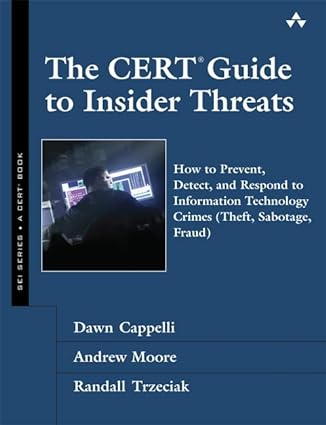
3. “Enemy at the Water Cooler: True Stories of Insider Threats and Enterprise Security Management Countermeasures” by Brian Contos
Overview: Brian Contos explores real stories of insider threats and the countermeasures taken to enhance enterprise security. This book provides a firsthand account of incidents and offers practical strategies to strengthen security measures against insider risks.
Key Takeaways:
- Real-life narratives illustrating insider threat scenarios.
- Insights into enterprise security management countermeasures.
- Practical guidance for organizations to bolster their defenses.

These books serve as indispensable resources for anyone seeking a deeper understanding of insider threats in cybersecurity. Incorporating insights from these authoritative works can significantly enhance your organization’s ability to proactively address and mitigate insider threats.
Courses for In-Depth Knowledge
Embarking on an online course journey can provide invaluable insights into the complexities of insider threats in cybersecurity. Here are three top-rated online courses with stellar student feedback that offer in-depth knowledge on this critical subject.
1. “Insider Threat Detection and Prevention” on Coursera
Overview: Offered by a leading cybersecurity institute, this course on Coursera covers the fundamentals of insider threat detection and prevention. It explores the latest technologies and methodologies, providing practical insights for implementing robust security measures within an organization.
Key Features:
- Comprehensive coverage of insider threat detection tools and techniques.
- Real-world case studies and scenarios for practical application.
- Engaging assessments to reinforce learning.

2. “Advanced Insider Threat Training: Prevent, Detect, Respond” on Udemy
Overview: Led by industry experts, this Udemy course takes a deep dive into advanced strategies for combating insider threats. It is tailored for cybersecurity professionals looking to enhance their skills and organizations aiming to fortify their defenses against internal security risks.
Key Features:
- Advanced techniques for insider threat prevention and detection.
- Hands-on labs and simulations for practical skill development.
- Continuous updates to reflect the evolving threat landscape.
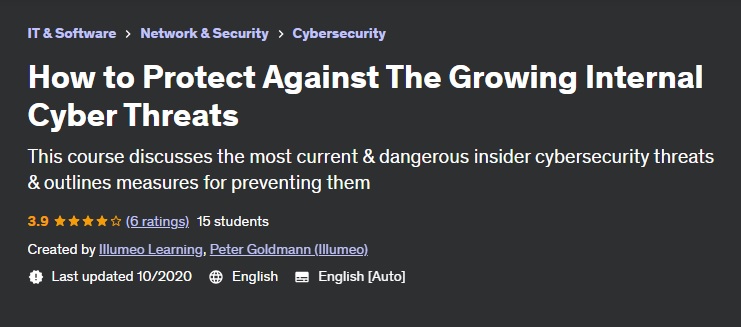
3. “Insider Threat Program Management with Legal Compliance” on Pluralsight
Overview: This Pluralsight course focuses not only on technical aspects but also on legal and compliance considerations associated with managing insider threats. It provides a holistic approach to insider threat program management, ensuring participants are well-versed in both technical and legal dimensions.
Key Features:
- Integration of legal and compliance perspectives in insider threat management.
- Industry-relevant insights and best practices.
- Access to a community of cybersecurity professionals for networking.

Enrolling in these courses will empower individuals and organizations to navigate the intricate landscape of insider threats. Each course is designed to equip participants with practical skills and knowledge essential for mitigating the risks posed by internal security threats.
Best Practices for Mitigating Insider Threats
Effectively mitigating insider threats requires a proactive and comprehensive approach that combines technology, policy, and employee awareness. Implementing the following best practices can significantly enhance an organization’s ability to safeguard against insider threats in cybersecurity.
1. Employee Training and Awareness:
Training Programs: Regularly conduct cybersecurity training programs for employees to increase awareness of potential insider threats. Cover topics such as recognizing phishing attempts, understanding security policies, and reporting suspicious activities.
Awareness Campaigns: Initiate awareness campaigns to keep employees informed about the consequences of insider threats. Utilize internal communication channels, such as newsletters or posters, to reinforce the importance of cybersecurity.

2. Access Control and Privilege Management:
Least Privilege Principle: Adopt the principle of least privilege, granting employees the minimum level of access necessary for their roles. Restrict access to sensitive data and systems to only those who require it to perform their job responsibilities.
Regular Access Reviews: Conduct regular reviews of employee access rights and privileges. Remove unnecessary access promptly when roles change or when employees no longer require specific permissions.

3. Implementing Insider Threat Detection Tools:
Behavioral Analytics: Utilize advanced behavioral analytics tools to monitor and analyze user behavior within the organization’s network. These tools can identify anomalies and patterns indicative of potential insider threats.
Endpoint Security Solutions: Implement robust endpoint security solutions that can detect and prevent unauthorized access or data exfiltration. Ensure that these solutions are regularly updated to defend against evolving threats.

4. Regular Security Audits:
Internal Audits: Conduct regular internal security audits to assess the effectiveness of existing security measures. Evaluate the organization’s overall cybersecurity posture and identify areas for improvement.
External Audits: Engage third-party experts to perform external security audits periodically. External audits provide an unbiased assessment and can uncover vulnerabilities that may be overlooked internally.

By incorporating these best practices, organizations can establish a robust defense against insider threats. The synergy of employee education, stringent access controls, advanced detection tools, and regular audits creates a resilient cybersecurity framework capable of identifying and mitigating internal security risks effectively.
Real-life Case Studies
Examining real-life case studies of insider threats in cybersecurity provides valuable insights into the diverse nature of these incidents and the impact they can have on organizations. Here are three notable case studies that shed light on different aspects of insider threats.
1. The Edward Snowden Case: A Notorious Whistleblower
Background: Edward Snowden, a former NSA contractor, gained notoriety in 2013 for leaking classified documents revealing extensive global surveillance programs. His actions were driven by a belief in exposing what he perceived as governmental overreach.
Impact: Snowden’s disclosures had significant repercussions, leading to widespread debate on privacy, government surveillance, and the balance between national security and individual rights.

2. The Chelsea Manning Incident: Unauthorized Disclosures
Background: Chelsea Manning, a former intelligence analyst in the U.S. Army, leaked classified military and diplomatic documents to WikiLeaks in 2010. Manning’s actions aimed to expose alleged human rights abuses and corruption.
Impact: The release of sensitive information had diplomatic ramifications and prompted concerns about the safety of individuals named in the documents. Manning faced legal consequences but also gained support as a whistleblower.

3. The Equifax Data Breach: Insider Negligence
Background: In 2017, Equifax, a major credit reporting agency, experienced a data breach that exposed sensitive information of millions of consumers. The breach was attributed to a combination of technological failures and insider negligence.
Impact: The Equifax breach led to financial losses, regulatory scrutiny, and damaged consumer trust. It underscored the importance of addressing both intentional and unintentional insider threats.

Studying these real-life cases provides valuable lessons for organizations aiming to fortify their defenses against insider threats. It emphasizes the need for a holistic approach, encompassing employee training, robust access controls, and advanced detection mechanisms.
Industry Trends and Technologies
Keeping pace with the latest industry trends and leveraging cutting-edge technologies is crucial for organizations aiming to stay ahead in the constant battle against insider threats in cybersecurity. Here are three top software tools that reflect current trends and advancements in this domain.
1. User and Entity Behavior Analytics (UEBA):
Overview: UEBA is a sophisticated technology that employs machine learning algorithms to analyze and detect anomalous user behavior within an organization’s network. By establishing baseline behavior patterns, UEBA tools can identify deviations that may indicate potential insider threats.
Key Features:
- Continuous monitoring of user activities.
- Advanced analytics to detect deviations from normal behavior.
- Integration with other security systems for comprehensive threat detection.
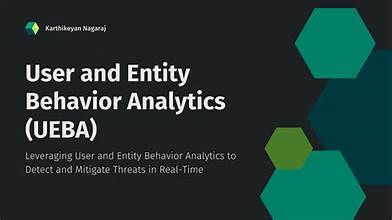
2. Data Loss Prevention (DLP) Solutions:
Overview: DLP solutions are designed to prevent unauthorized access, sharing, or leakage of sensitive data. These tools employ content discovery and policy enforcement to ensure that confidential information is protected against both intentional and unintentional insider threats.
Key Features:
- Content scanning to identify and classify sensitive data.
- Policy enforcement to control data access and sharing.
- Incident response capabilities to mitigate data breaches.
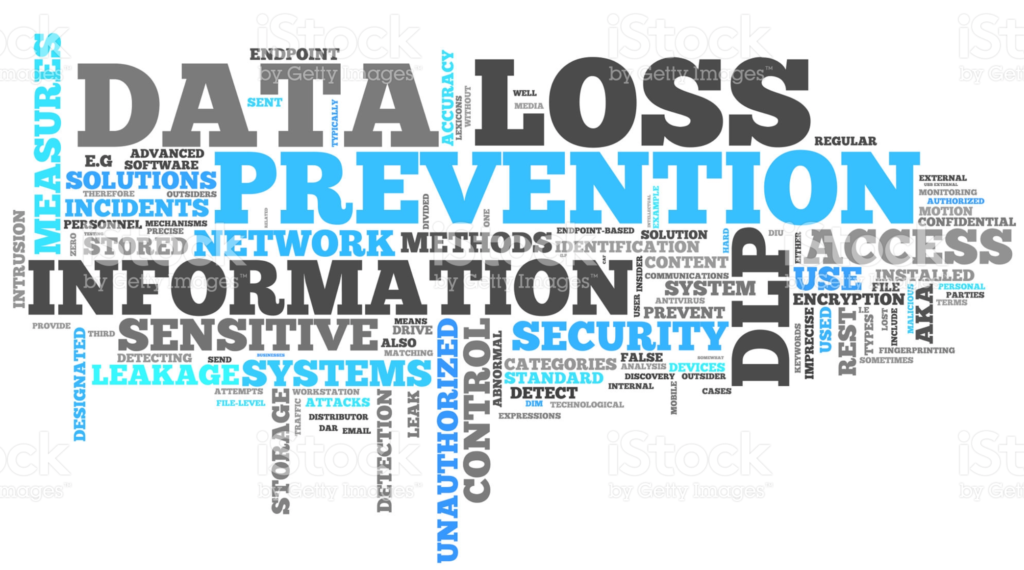
3. Insider Threat Intelligence Platforms:
Overview: Insider threat intelligence platforms integrate data from various sources to provide a comprehensive view of potential insider threats. These platforms leverage advanced analytics and threat intelligence to identify and respond to emerging threats posed by insiders.
Key Features:
- Aggregation of data from various security tools and logs.
- Real-time analysis to identify insider threat indicators.
- Collaboration features for effective incident response.
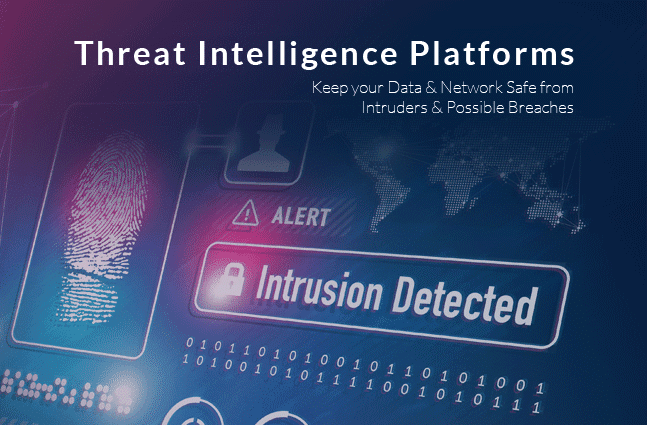
Staying informed about these industry trends and adopting advanced technologies empowers organizations to proactively address the evolving landscape of insider threats. By integrating these tools into their cybersecurity strategy, businesses can bolster their defenses and enhance their overall security posture.
Conclusion
In the ever-evolving landscape of cybersecurity, understanding and mitigating insider threats is paramount to ensuring the integrity and security of organizational assets. As we explored the diverse facets of insider threats, delving into real-life case studies, recommended books, courses, industry trends, and technologies, it becomes evident that a multi-faceted approach is essential.
From the notorious cases of Edward Snowden and Chelsea Manning, highlighting the complex ethical dimensions of insider actions, to the Equifax data breach underlining the critical need for robust cybersecurity measures, the implications of insider threats are far-reaching.
The recommended books, such as “Insider Threat: Prevention, Detection, Mitigation, and Deterrence” and “The CERT Guide to Insider Threats,” offer in-depth knowledge and practical insights from experts in the field. Complementing this knowledge, online courses like “Insider Threat Detection and Prevention” and “Advanced Insider Threat Training” equip individuals and organizations with the necessary skills to combat insider threats effectively.
Our exploration of industry trends and technologies revealed the significance of tools like User and Entity Behavior Analytics (UEBA), Data Loss Prevention (DLP) solutions, and Insider Threat Intelligence Platforms. These tools showcase the industry’s commitment to adopting advanced technologies that leverage artificial intelligence and machine learning for more proactive threat detection and mitigation.
As organizations continue to navigate the complex realm of cybersecurity, the best practices discussed, including employee training, access control, and regular security audits, form the foundation of a resilient security strategy.
In conclusion, addressing insider threats requires a holistic approach that combines human vigilance, technological solutions, and ongoing education. By staying informed about the latest trends, adopting advanced technologies, and implementing best practices, organizations can create a robust defense against insider threats and fortify their cybersecurity posture.
As we move forward, the commitment to a culture of cybersecurity awareness and a proactive stance against insider threats will be pivotal in safeguarding the digital assets that organizations hold dear. Stay vigilant, stay informed, and stay secure in the ever-evolving landscape of cybersecurity.